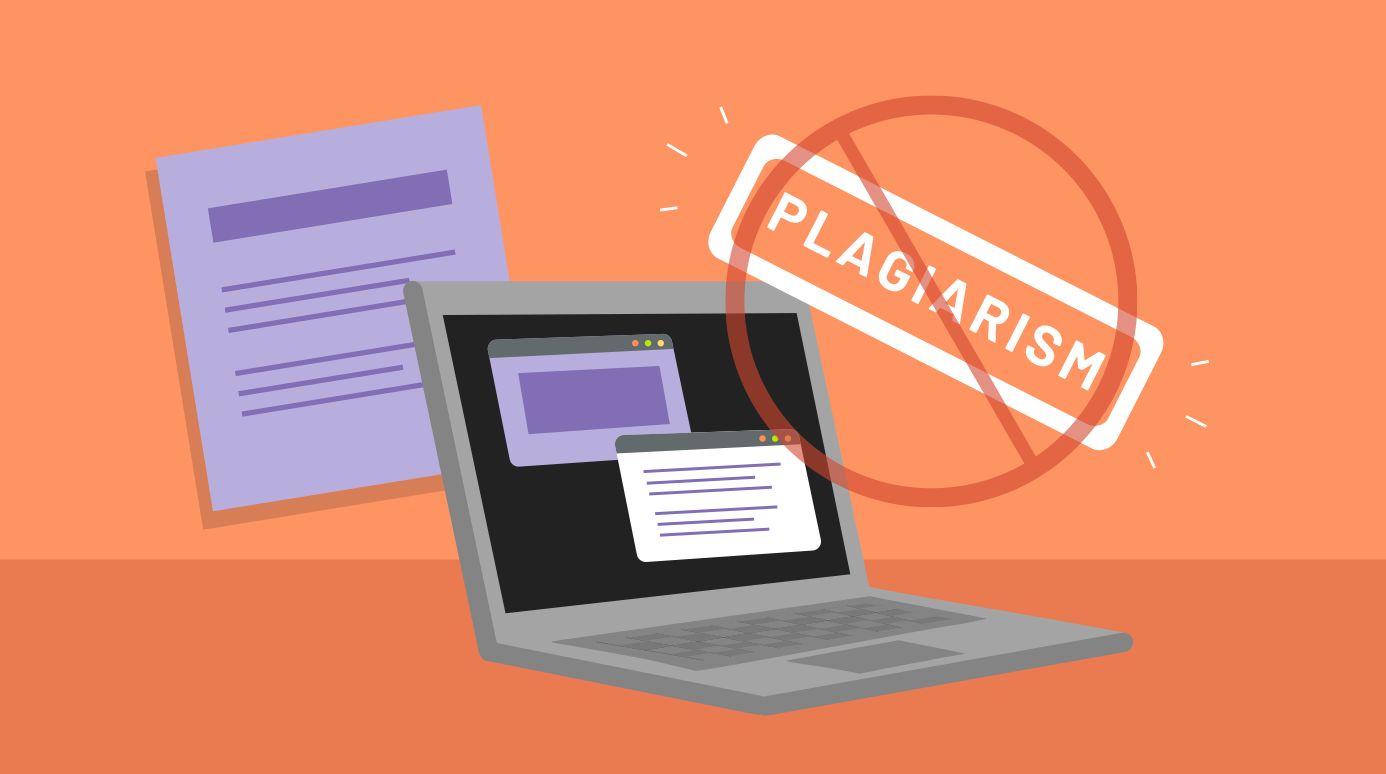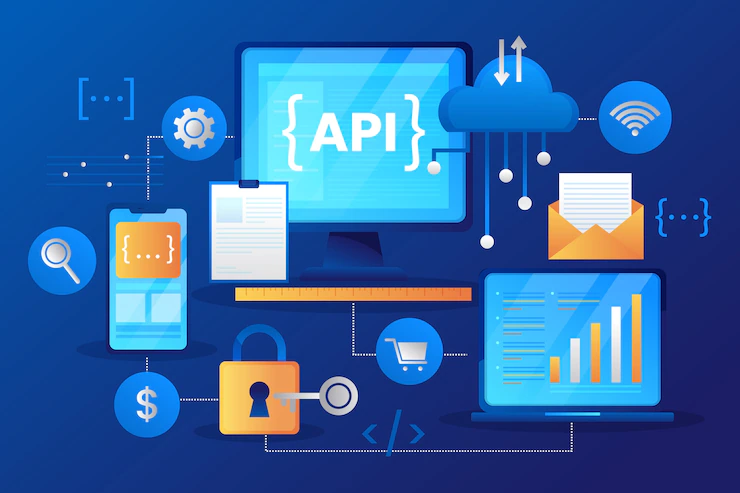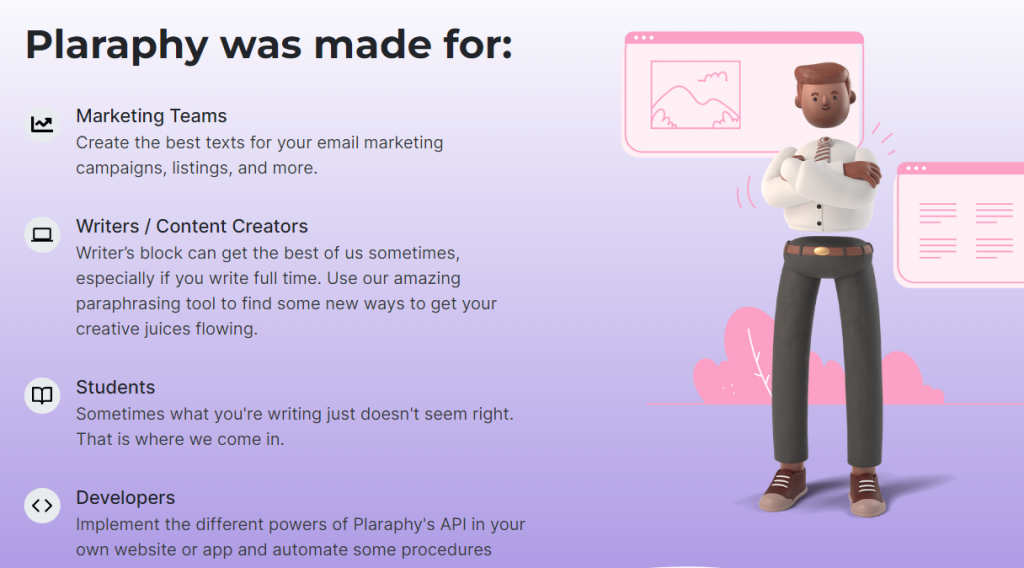Want to avoid plagiarism while producing original content? Continue reading to learn more, even though you already know that this is much simpler now thanks to artificial intelligence (AI), which creates APIs that make work easier.
How do you avoid the plight? There are several methods to prevent the situation:
Always take the information from the source from where it was obtained first. The problem is frequently caused by the improper organization of the bibliography we gathered for a project; we must always take notes from sources clearly and accurately.
As an alternative, use a straight quotation from the original and acknowledge the author and source with a citation or bibliographic reference. It’s an attempt to use the author’s words. However, citations must be justified, of a reasonable length, preferably brief, always between quotation marks, and they must give due credit to the author by using a bibliographic reference. Returning to the paraphrase is one of the most productive and effective tools for avoiding slip-ups. To paraphrase the author’s original words and attribute the source by using a citation or bibliographic reference.
Using someone else’s ideas while putting them in your own words is known as paraphrasing. It involves reading the original work, understanding what the author is saying, synthesizing the information, and then writing it in our own words. This is different from simply changing the text superficially or replacing a few words. The coherence of the ideas and the content must be maintained in the resulting text.
But how do you get a good paraphrase? The wonderful paraphrase APIs have come in handy for this, which is great because it allows us to optimize work across several fields. The goal of all of them is to make manual tasks easier to complete automatically and professionally. If you feel you need one, I’ll tell you everything about them in the following paragraphs.
How Does a Plagiarism API Work?
What is an API? A set of protocols and definitions used to develop and integrate app software is known as an API. The purpose of APIs is to connect one company’s products and services with another without knowing how they are implemented, which aids in the development of apps while also saving time and money. The primary and most significant function of APIs is to support developers and enable time and financial gain. On the other hand, they are also very helpful when we want to use a service’s features in a deliberate manner in order to encourage users to use our application.
This is how the amazing Plagiarism API Plaraphy functions. Without a doubt, this is the best option if you want to maximize your productivity while avoiding and minimizing the ploy. This API not only offers plagiarism detection but also a number of additional features that we’ll list for you later. Because it supports a variety of programming languages, integration is actually quite simple.
Plaraphy API
A Plagiarism API called Plaraphy can provide you with the most thorough results. You can send any text, and Plaraphy will reformat it to sound more natural and remove any unnecessary words. Plaraphy can determine the degree of plagiarism of every URL it provides by conducting
It goes without saying that this is currently among the best ways to ensure that your content is unique. Long texts can be retrieved, for example, using the same API. In addition, it serves the purpose of categorizing distinct sentences and paragraphs in accordance with this specific endpoint.



